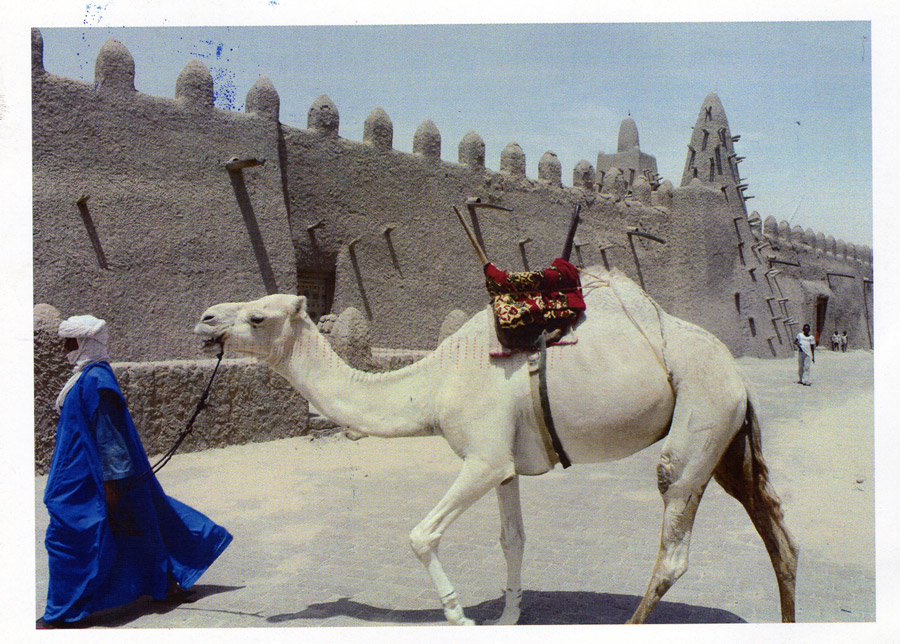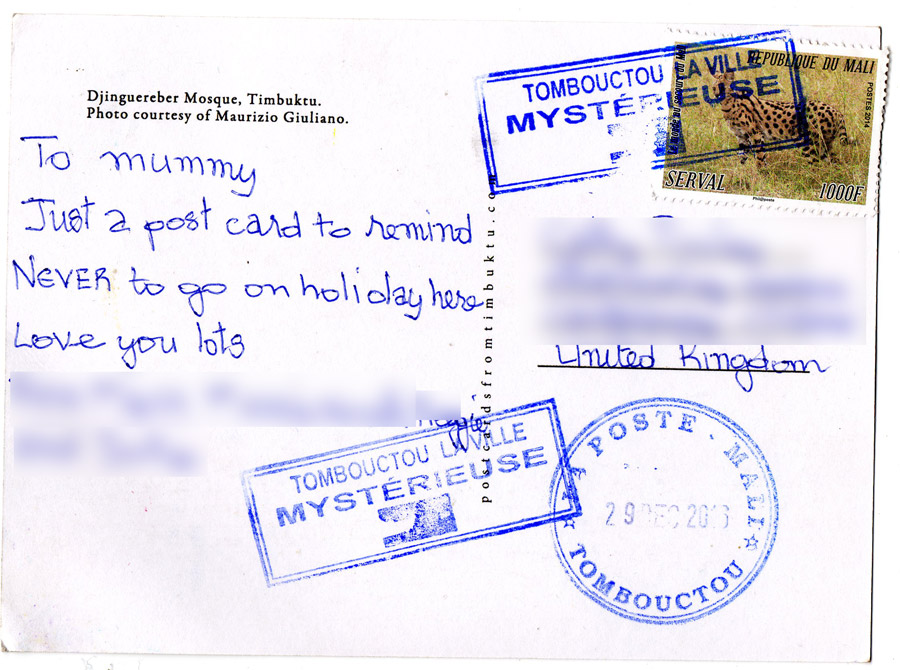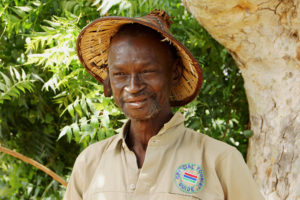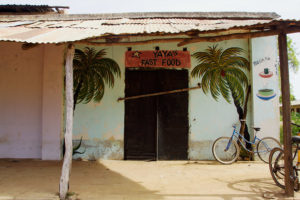Most package holidays to South Africa are a journey round the main places of interest.
Africa
On Safari in the Kruger National Park
If you go to south Africa everyone expects you to go on a safari.
South Africa’s Cities, Cape Town & Jo’burg
Cape Town has a lot going for it – a great waterfront, Robben Island, and of course Table mountain.
Cape Town
The V &A waterfront is Victoria and Alfred not Albert as we are used to. Its a huge shopping area with four hundred and fifty shops. There are plenty of places to eat and this is where you can get the ferry to Robben Island.
Robben Island
Nelson Mandela was imprisoned here for eighteen years . The guides are former prisoners who did hard labour in the line quarry. When you get off the ferry a bus trip takes you round then you are shown Mandela’s cell and exercise yard.
The Real Cape Town
The District Six museum in an old Methodist church tells the story of how the local residents were treated in the 1960’s and 70’s . 60,000 residents were forcibly removed to separate the races under apartheid. Surprisingly the museum is bright and cheerful with lots of local artwork.
A visit to a township was interesting but a bit depressing. We visited a spaza shop, a small convenience store and then a shebeen, a local bar. We saw the living conditions of the residents and its wasn’t great. How life can still be like this so long after the end of apartheid I do not know.
Table Mountain
Table Mountain is the main event. The iconic landmark of the city. Its a five minute trip to the top by the cable car. Sixty five people fit into one revolving car on the ride to the top. From here depending on the weather ( the cloud often covers the top) you get outstanding views. 80,000 visitors go up every year and walk around before taking the journey back down. A walk to see the fynbos is interesting, its a special type of shrubland. The most famous is the protea, the national flower of South Africa.
Johannesburg
This city is South Africa’s largest but it was really just our starting point for a safari. We did manage time to go to the Apartheid museum. This is a multi media exhibition of South Africa’s history. Thee are many photos and films as you walk through history. Its very well done. Your ticket assigns you as either black or white and you enter by the gate for your colour to bring home to you how people were treated. But try as you might you will not find any mention of Mandela ever having a gun. History can be selective.
Around Tunis
Everybody has heard of Carthage, founded in the ninth century BC, on the Gulf of Tunis.
I know a little about the three Punic wars and Hannibal crossing the Alps to Italy on an elephant. That’s the extent of my knowledge but it was enough to make me keen to visit.
Spices and Souks
The Medina (old part of city) in Sfax as in other cities has different souks within its walls. Shopping in these places is always more fun than in the supermarket
Into the Desert -Troglodytes and Camels
The salt lake of Chott El Jerid is the largest salt pan in the Sahara. Its in the middle of Tunisia close to the Algerian border.
A Mosque and More Ruins
The Grand Mosque in Kairouan is the oldest place of Muslim worship in Africa. It’s the fourth holiest site after Mecca, Medina, and Jerusalem.
If a pilgrim is unable to go to Mecca seven visits to Kairouan are worth one trip to Mecca.
A Tourists Red Train and Ruins
Two separate terrorist attacks in 2015 made Tunisia a no go area for British tourists. But with extra security around tourist sites the government no longer advises not to travel to most of the country. There is so much to see in this North African country, it has everything history, culture, areas of natural beauty, interesting food, and if you go at the right time of year, great weather.
A postcard from Timbuktu
On Getting a Postcard
Today I got a postcard, not any old post card from a standard holiday destination, but a postcard from Timbuktu.
Not many people get a postcard from Timbuktu in Mali mostly because you have to be seriously deranged to actually travel there. But that doesn’t mean I don’t want to.
Going to Timbuktu
Going to Timbuktu means going to the ends of the earth. Its mysterious, romantic, inaccessible and remote . On the edge of the Sahara its the oldest city in Africa, the spiritual and intellectual centre of Islam on the continent.
Its hot and dry all year, in the summer the temperature reaches 40 ° F and in the winter it never goes below 30° when the Harmattan trade wind blows sand into everything.
I would happily put up with this to see the Djinguereber Mosque which is made entirely of mud and is of course a UNESCO World heritage site.
However there is worse.
In 2008 Al Qaeda began kidnapping tourists and in 2012 many religious buildings were destroyed during rebel occupation. The kidnapping goes on and the Foreign and Commonwealth office advises against all travel to Mali. This means your travel insurance is invalid. I think I would be a very bad kidnap victim, I cant sit still or shut up and at my age insurance is very necessary.
So we won’t go.
But back to the postcard now sitting proudly on my mantle piece.
There is a guy called Phil living in Mali who arranges for postcards to be sent from Timbuktu post office. For ten dollars you get your message written out by an unemployed tour guide and sent to you. I hope one day it will be safe to visit and maybe if I was younger I could wait for this to happen but for now the postcard is great.
As you can see my daughter made her feelings clear!
A Visit to the Wassu Stone Circles
A Morning Visit to Wassu
After getting up in the middle of the night and a long journey first over the river and then by 4WD for several hundred kilometres on bumpy roads we finally arrived in Wassu.
As you can see there were some hold ups along the way!The goat herder was in no hurry to move his charges off the road.
But we got there eventually!
The mysterious stone circles at Wassu are 1000 to 1500 years old and not much is certain about them.
This UNESCO site consists of stone circles made up of Laterite pillars. This rusty red rock was shaped with iron tools into cylinders and placed into circles of various sizes.
They we probably the burial mounds of ancient chiefs.
Local legend says there is a curse on anyone who disturbs them which is possibly why they have been left untouched until present times.
Pa Sanyang guided us round the site. He was really nice and welcoming but he had some incomprehensible ideas about numbers all involving nine.
One thing he did explain was the little stones on top of the pillars. You put a small stone on the pile and make a wish.
We left the site with no more knowledge about the origin of these circles than we came with but it was an interesting excursion.
Next a ride along the river to our hotel ( I use the word loosely) for the night.
Sunset on the Gambia river – beautiful.
A night with no electricity – no problem, no water, not even cold water, – not so good! However we survived (baby wipes – never travel without them).
Then on to Janjanbureh
Escape by river boat and on to George Town
Officially named Janjanbureh but called George Town by everyone this dusty town is 300 km from Banjul. It has a ferry port, a post office, a market, and a prison.
Guides will tell you sad and convincing stories of the slave trade involving their ancestors but apparently these have been greatly exaggerated to feed the tourist industry.
Must be lunch time?
We had taken pencils, sweets and a bag of clothes our grandchildren had grown out of.
The kids seemed to appreciate them.




























